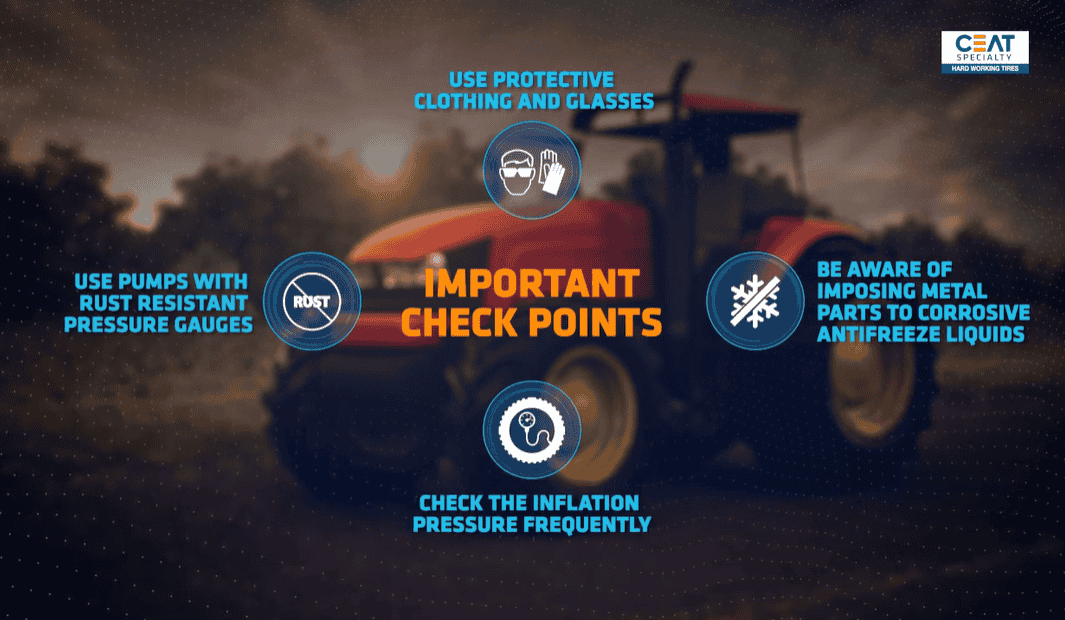ceat-speciality:blogs-tags/all,ceat-speciality:blogs-tags/tyre-advice
How to Master Liquid Ballasting?
Tue, 1 Apr 2025 | PRODUCTS
Search Further
ceat-speciality:blogs-tags/all,ceat-speciality:blogs-tags/tyre-advice
Tue, 1 Apr 2025 | PRODUCTS
Ballasting your tractor tyres is a practice that many farmers and landowners find extremely helpful for improving the performance and stability of their machinery, especially in challenging working conditions.
Essentially, it involves adding weight to the tyres to improve traction, balance, and handling. But, while it can provide numerous benefits, you might be wondering: Is it really safe to ballast my tractor tyres? And if so, how can I ensure the procedure is done correctly?
Okay let’s get started! But wait a minute…
Will there be any negative impacts I should know? Won’t the tyre get rigid?
It may because filling liquids alters the characteristics of the tyre. They may get more rigid and less flexible. Their rolling resistance increases as well. This makes the tyre rims and axles prone to damage.

Why Some Manufacturers Advise Against Adding Fluids to Rear Tyres?
Some manufacturers advise against adding fluids to rear tyres because it can weaken the tractor’s roadability, especially when you’re driving in high gear on roadways. The ride may become worse at lower speeds there is no notable difference in ride quality.

Sounds like this is only for occasional use. Absolutely!
Why Use a 20% Water and 80% Calcium Chloride Mixture?
When ballasting your tractor tyres, one of the most common mixtures used is a blend of water and calcium chloride. This combination offers a practical balance between providing the necessary weight for traction and minimising potential drawbacks, such as freezing or corrosion.
Here’s why the 20% water and 80% calcium chloride mix is so effective:
So, we’re going to ballast your tyres with a mixture of 20% water and 80% calcium chloride. Most Agri rears have combined air and liquid filling valves. So this is easy to commit.
First, insert a jack under the axle and raise it up until it gets in contact with the axle.

Then, turn the wheel so that the valve is in top position.
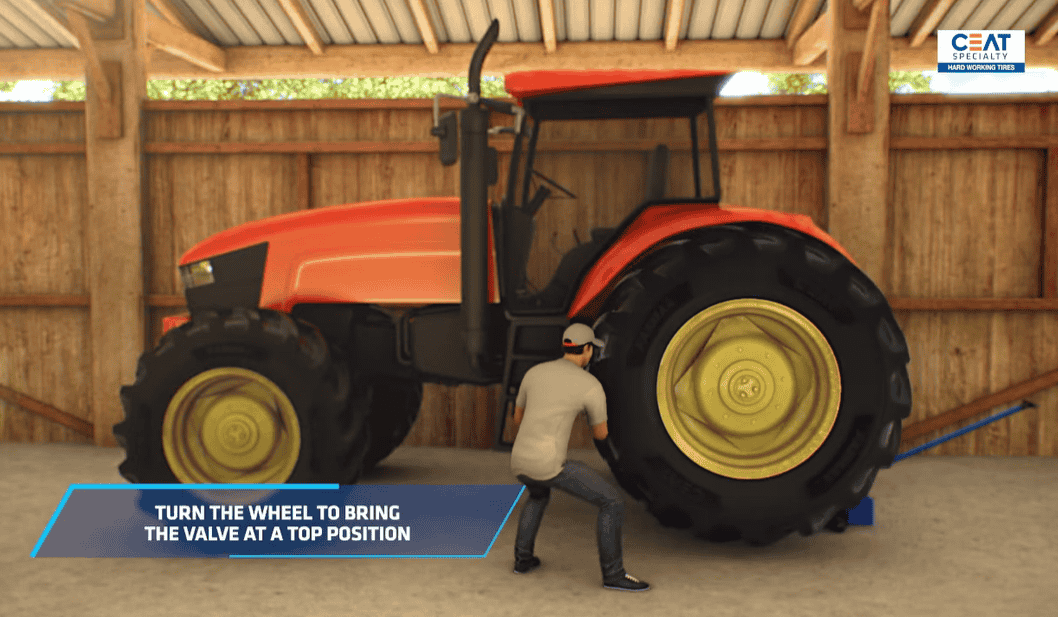
Now, deflate the tyre. Connect the liquid filling valve and turn on the liquid. Introduce the liquid into the tyre until it flows out of the drainpipe. Stop there!

Remember, never fill the tractor tyre completely. Next, replace the air valve and inflate to the target pressure.
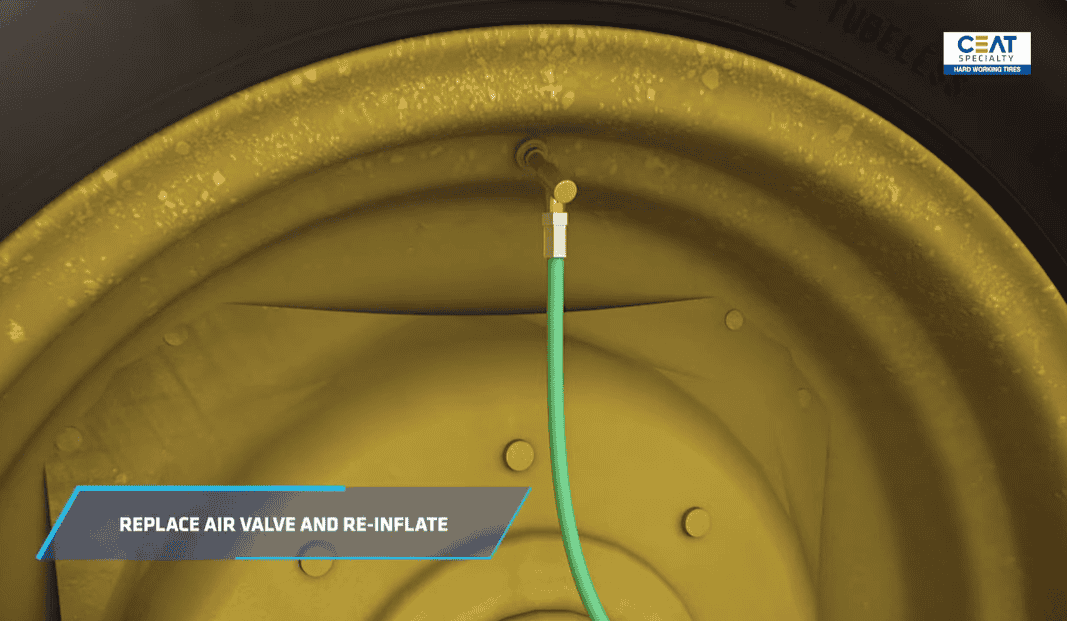
When you’re finished, clean all the metal parts carefully as they may have got into contact with the liquid and be exposed to corrosion.
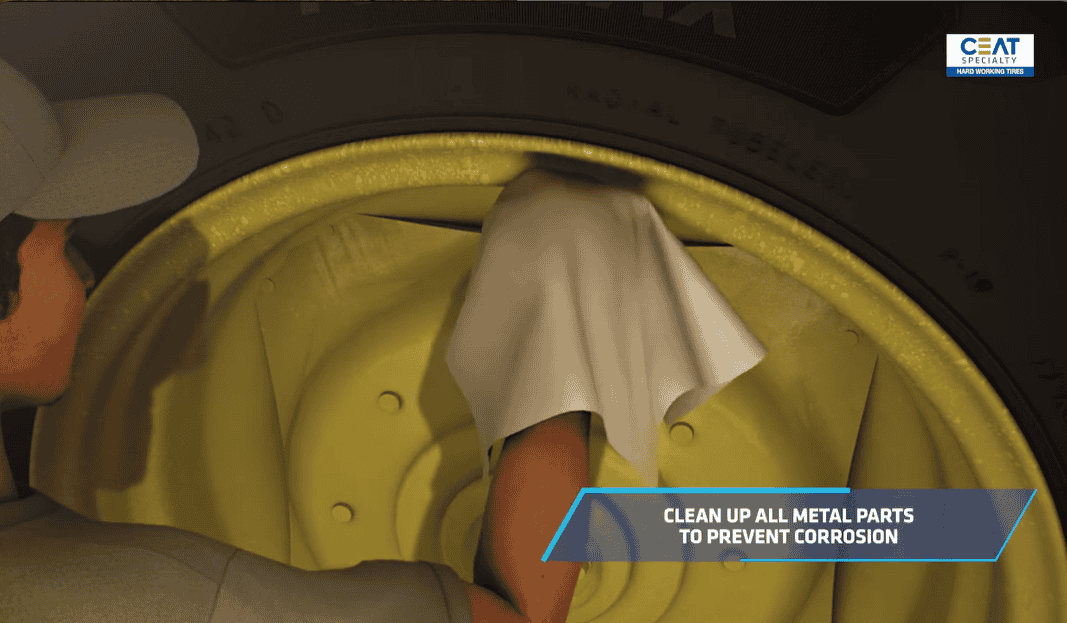
There, we’re done! Now, there’s less air in the tyre. So, it is important that you check the inflation pressure frequently.
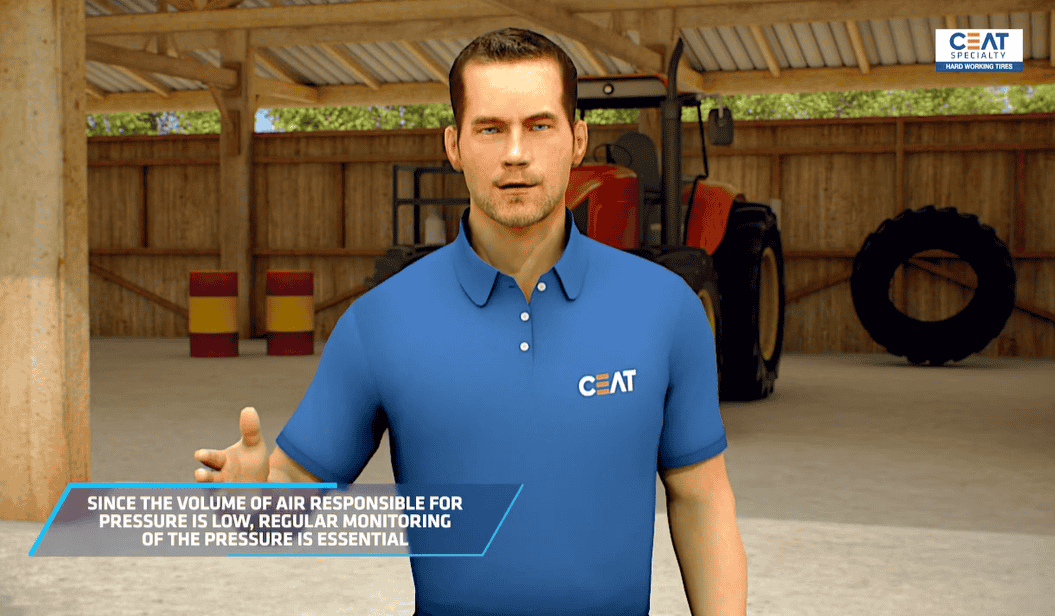
Safety Tips
